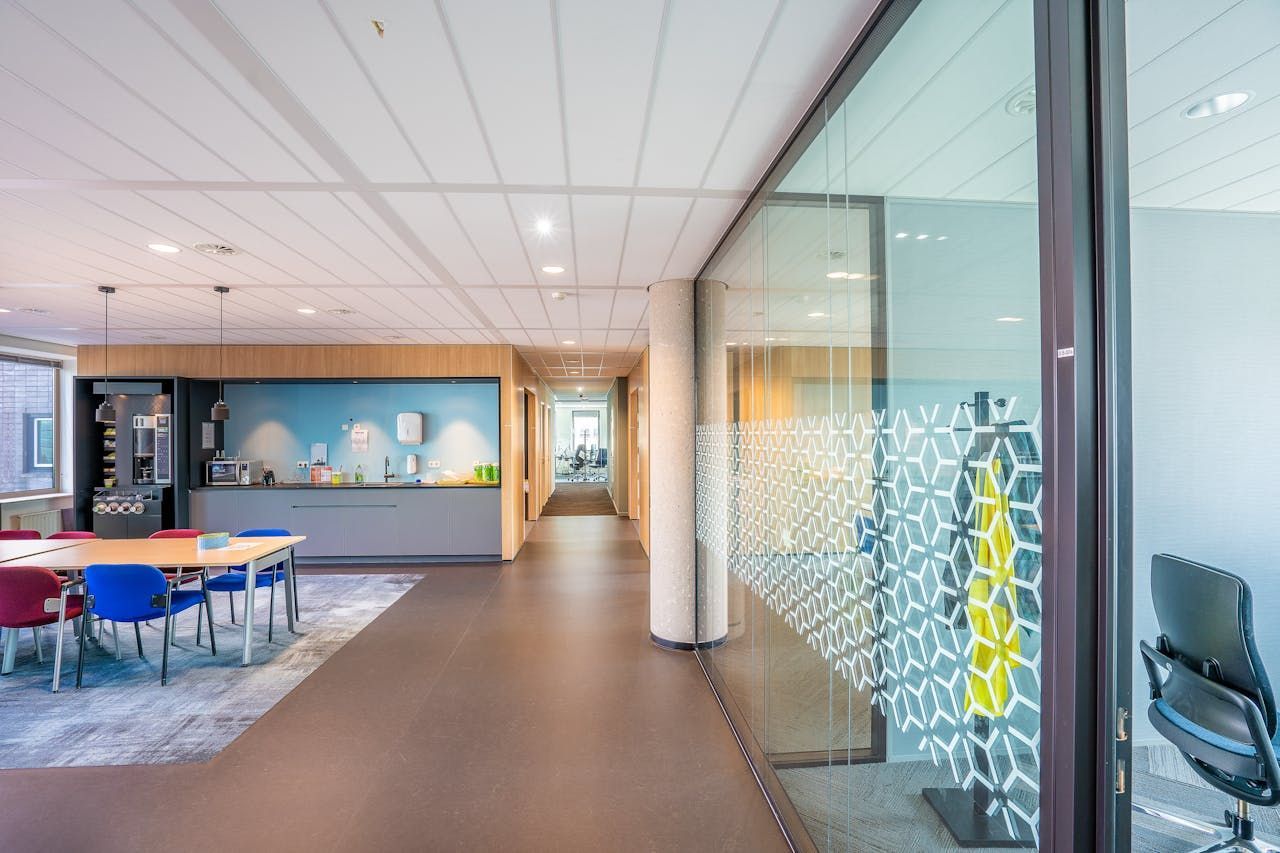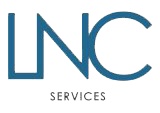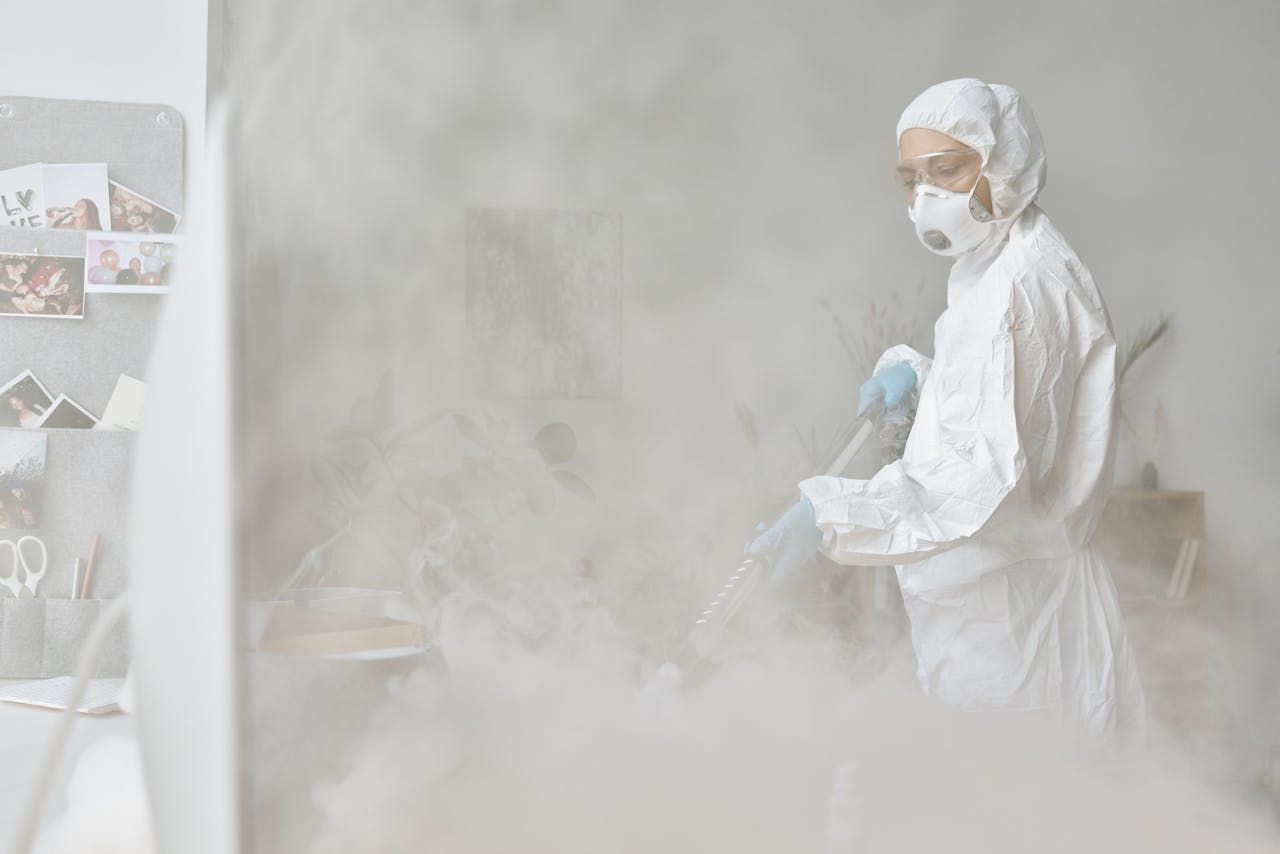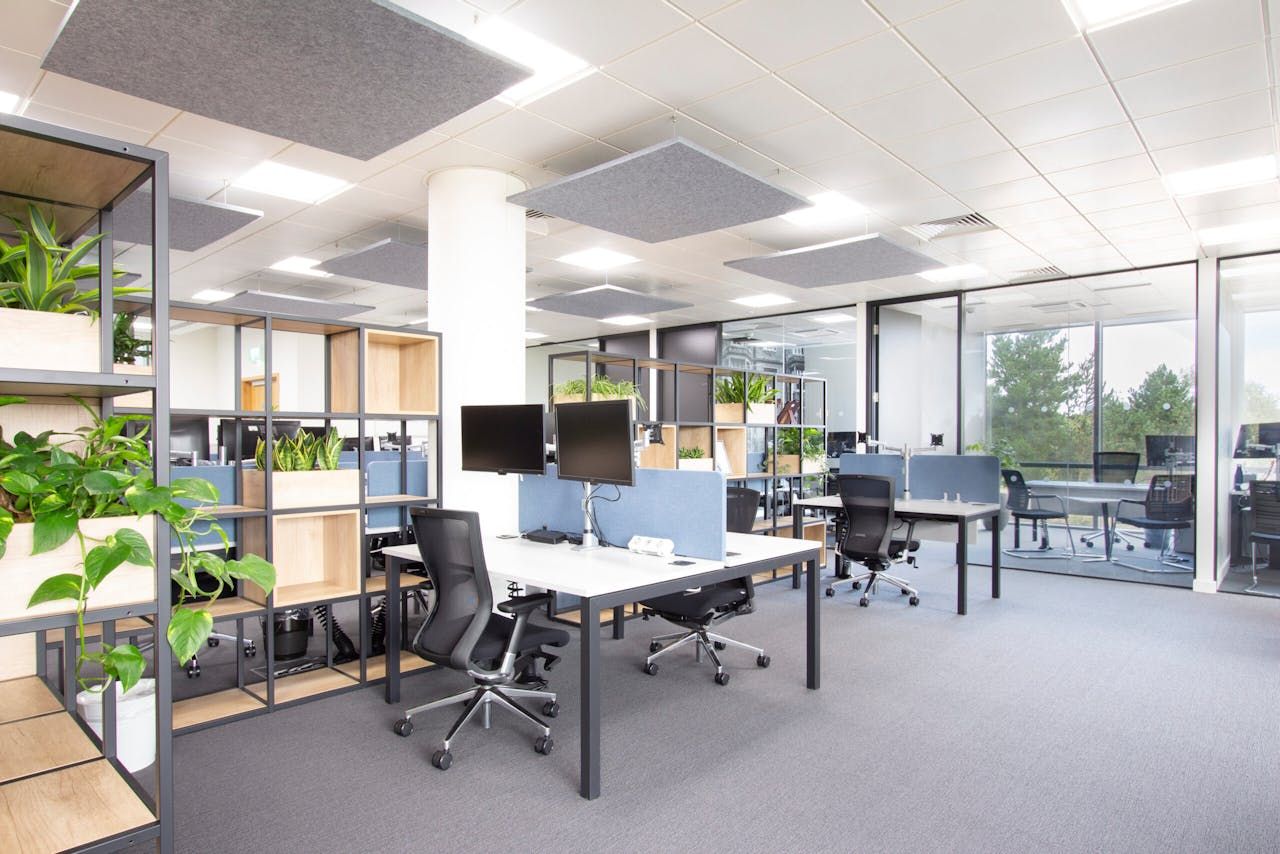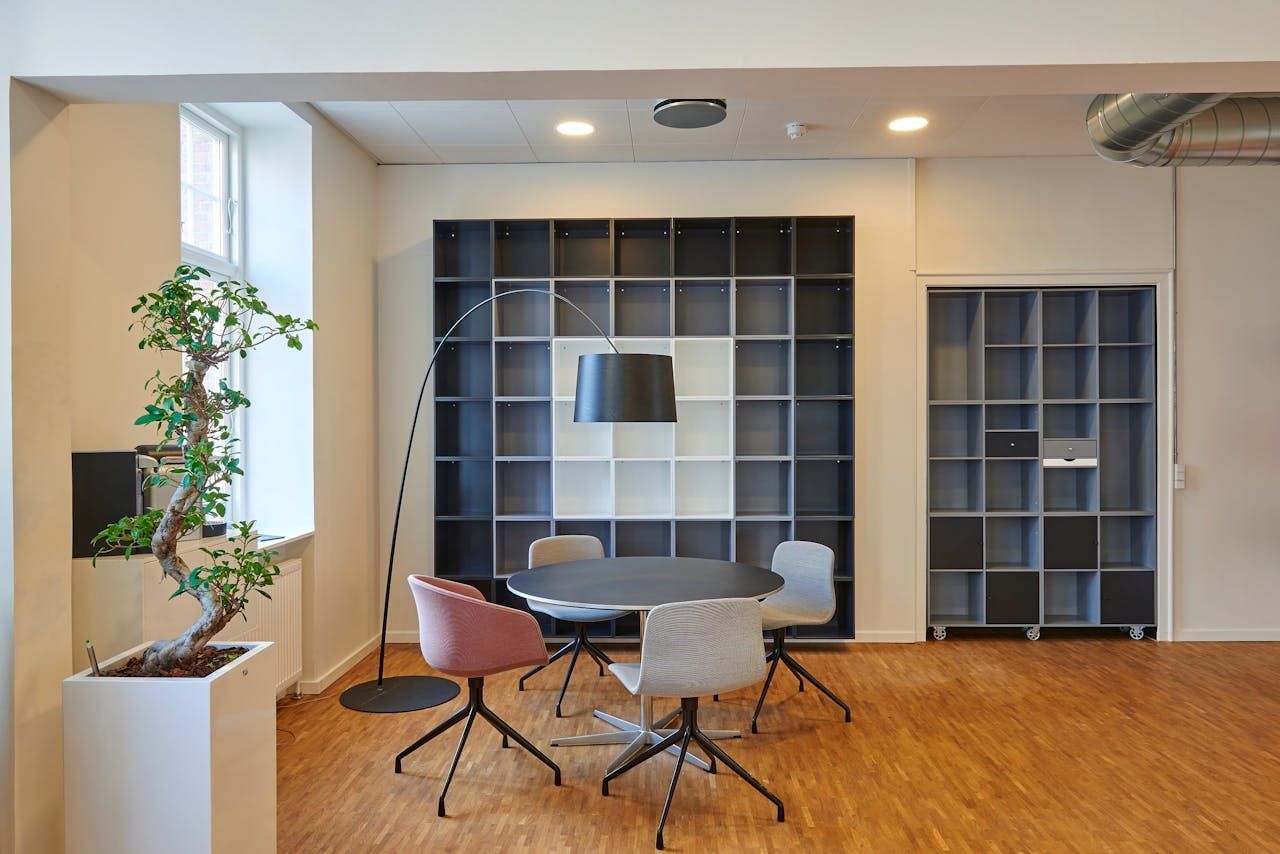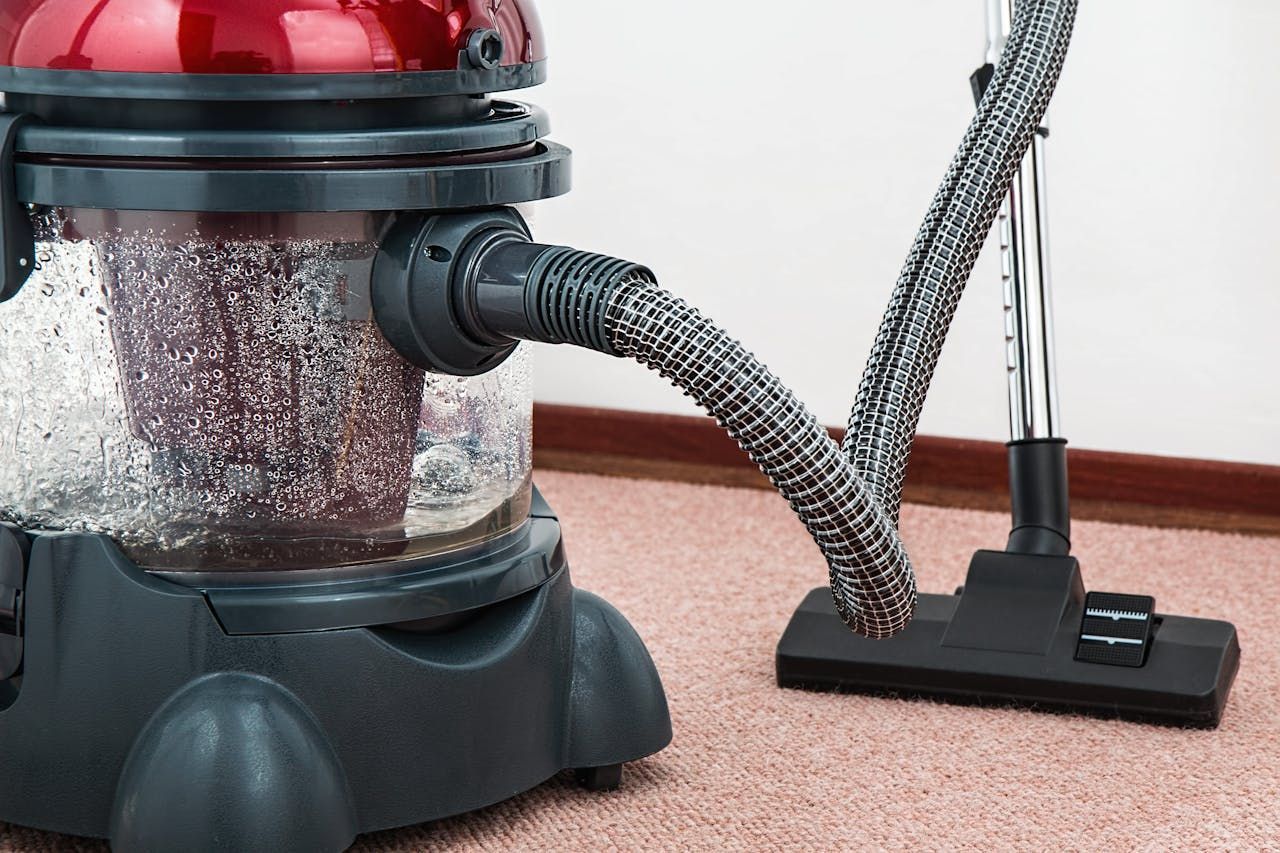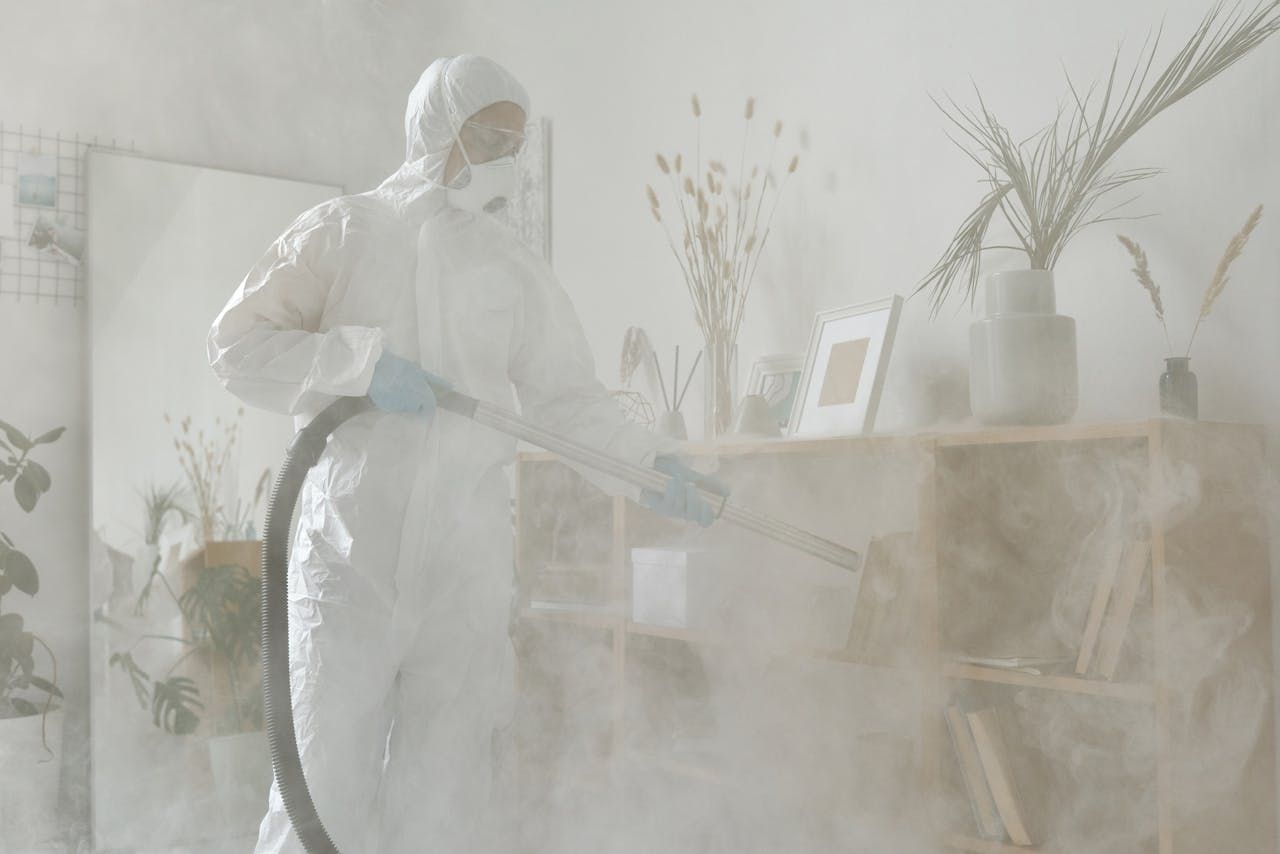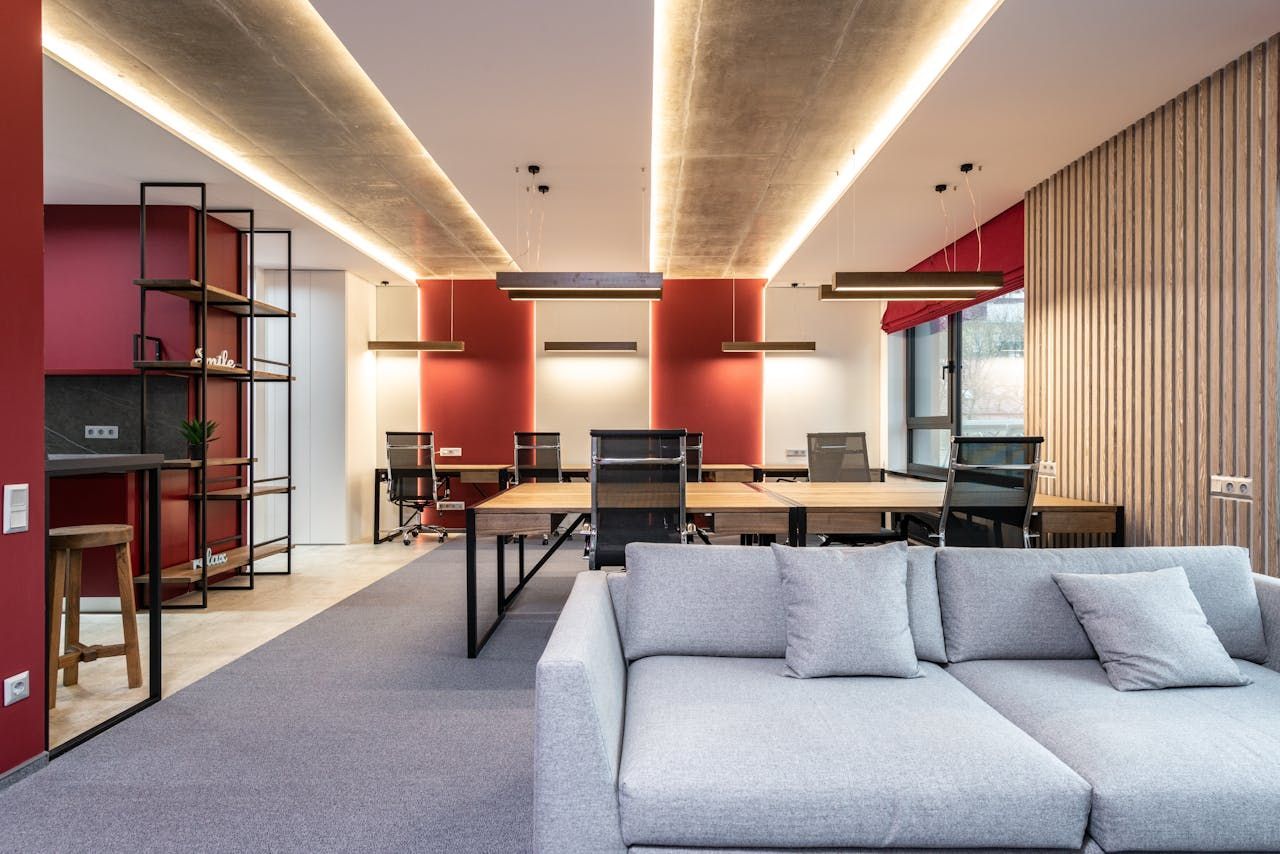Personal Desk Hygiene: Tips for Keeping Your Personal Workspace Clean
As commercial cleaners, we see many offices and workspaces. As you may imagine, we’ve seen the full spectrum of desk cleanliness - from those that are always spotless to those that look like a Yeti could be living there.
Many people consider desk cleanliness a personal preference, but there are significant risks associated with desk clutter. Unclean and untidy desks can pose serious problems, so let’s delve deeper into why maintaining a clean desk is crucial for keeping up a healthy work environment for all.
All About Your Desk
Your desk is likely where you spend the majority of your day. Because your desk is your scenery and living environment for a significant portion of the time, it deserves some serious attention. Perhaps more than it’s commonly given.
It’s a multifunctional space, housing everything you need to do your work—phones, laptops, computers, keyboards, monitors, files, papers, meals, drinks, models, samples, and stationery. Everything that you need at arms' reach will likely be just that—within reach.
But that’s where the issue lies. That versatility of space comes at a cost, and that cost is cleanliness. Desks are a surprising breeding ground for bacteria, harbouring more germs than an average toilet seat. From crumbs to coffee spills, every surface seen and unseen contains hazardous bacteria that can compromise your health more easily than you may think.
Why Personal Desk Hygiene Matters
Keeping desks clean should be a top priority, but it often gets overlooked. With everything else taking precedence on the daily to-do list, it's easy to think a clean desk is a luxury saved for slow days!
In reality, unclean or untidy desk space can jeopardise individual health and also impact the entire workspace shared by others.
This is why instilling good desk habits can transform company culture for the better. Setting guidelines for the way your team uses their desks sets a standard and, first and foremost, shows that you genuinely care about their working environment. Encouraging regular, habitual cleaning routines, discouraging eating at the desk (or providing further guidelines for good eating hygiene) will create an idea of accountability. When your employees know they are the ones responsible for keeping their desks clean and safe, they can feel pride in doing so.
Introducing processes for things like eating at your desk or clearing away rubbish at the end of the day can make everyone accountable for their own space and means you don’t have to call out individuals.
Benefits of a clean desk;
- Better all-round health
- More productive staff
- Easier to find things
- Your space looks nicer
- Lower stress levels for everyone
- Improved focus and attention

Tips For Keeping Your Workspace Clean
While improving desk cleanliness may sound like another difficult task to heap onto your team’s plate, it can be as simple as building a habit alongside other actions they would be doing anyway.
Decluttering is the first step to creating a cleaner workspace and keeping it clean.
Do you have a drop zone on your desk? A place where random paperwork festers? It’s time to declutter. Clear everything off, sort through it all and only put back essentials. You can work this into daily schedules with ease, asking employees to grab a piece of rubbish and take it to the bin every time they leave their desk.
Organisation is the next big step toward a healthier workspace.
For those items that absolutely need to be on your desk, get organised. Get folders, pen pots, paper trays - but don’t overfill them. The key is to have access to essentials but not stuff them full. By providing employees with this option to organise, you’re making life easier for them, as everything is easily findable and exactly where it should be, not scattered or lost.
Creating a cleaning routine is your ultimate defence against a buildup of dirt, bacteria and clutter on desks. Set out a clear expectation for personal desk hygiene and give your team opportunities to carry out basic cleaning tasks. This regular, small cleaning effort will prevent a gradual build-up that is then much more time consuming to clean.
Some key desk hygiene principles you can instil might include:
Dusting
- make sure everyone has access to a dust cloth or duster to ensure monitors, keyboards and desk surfaces aren’t gathering a thick layer of dust that can trigger allergies or asthma attacks.
Sanitise - provide sanitising wipes or sprays to your team so they can wipe down their touchpoints after the day is done, after eating at the desk or after accidental spillages.
Regularly wash hands
- this reduces grease and germs in the first place, ensuring they are not spread across the desk and throughout the workforce.
Avoid eating at desks - while this might not be possible for everyone, it’s a good guideline where applicable, as food debris and saliva can be culprits for spreading illness and disease.
Throw rubbish away
- remove rubbish at every opportunity, or provide employees with their own waste basket.
Plant care - proper care of plants can avoid bug infestations and plant decay.
Beyond Desk Cleanliness
While your team’s personal efforts are a necessary factor, sometimes maintaining an effective level of desk cleanliness can be overwhelming. In many cases, seeking professional cleaning services can alleviate that burden on both management and employees.
Professional cleaners like the team at LNC ensure a thorough job, using specialised equipment and years of experience with commercial and office spaces.
Outsourcing cleaning tasks can also give your team members a sense of responsibility, encouraging them to adhere to the standards that your business has invested in.
A Cleaner Desk Means Safer, Happier Employees…
A clean workspace means a more productive and healthy workforce. If you’re ready to transform your workspace into a haven of cleanliness and productivity,
request a quote
from our commercial cleaning professionals today. We can help ensure that your workspace is clean, tidy and safe for everyone.
